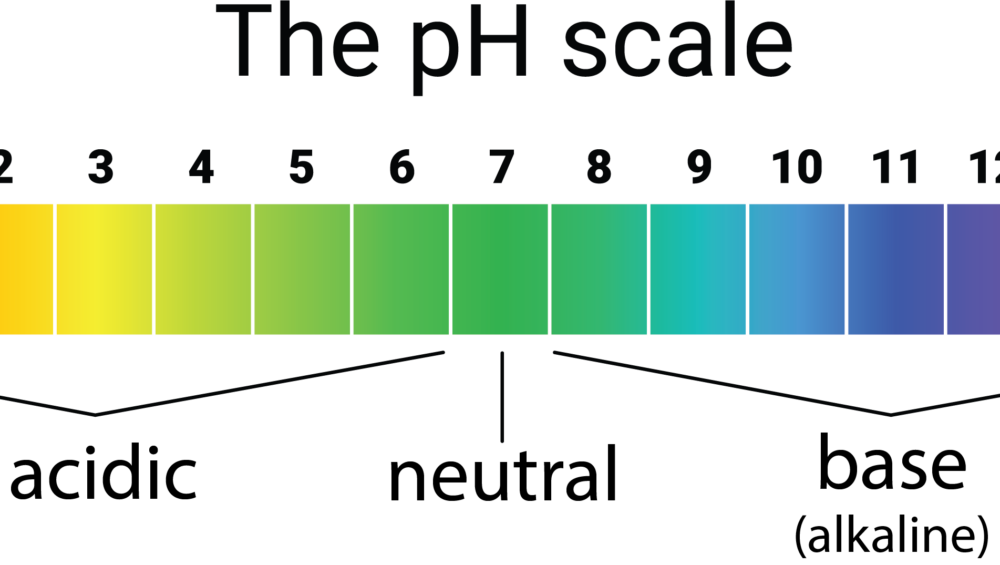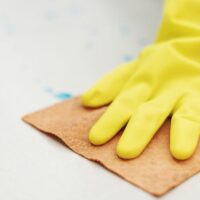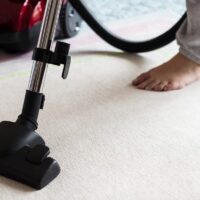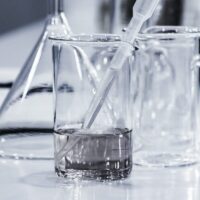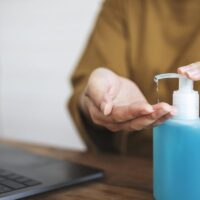Nashville, TN – In an unprecedented leap in cleaning and safety technologies, Aseptic Health™ LLC proudly announces the granting of U.S. Patent No. 11,944,097, marking a new era for decontamination and disinfecting solutions worldwide. This milestone patent, awarded on April 2, 2024, underscores the company’s relentless pursuit of innovation with its groundbreaking products: SoRite ® DECON and SoRite ® Disinfectant.
SoRite DECON (https://soritedecon.com/), a fast-acting decontaminant, revolutionizes the fight against narcotics, including fentanyl, xylazine, and heroin, by oxidizing these threats within 60 seconds. Boasting a unique formula that harnesses the power of Sodium Chlorite at low concentrations, SoRite DECON is safe for skin contact and surfaces alike, posing the lowest toxicity category. This remarkable achievement is the fruit of rigorous testing at FDA and DEA accredited laboratories, ensuring unparalleled effectiveness and safety.
Similarly, SoRite Disinfectant (https://sorite.com/) emerges as a multi-purpose marvel, eradicating 99.9% of bacteria and viruses in just 15 seconds. Its potent, non-toxic formula, free from harsh chemicals and residues, makes it a versatile solution for an array of cleaning needs. Both products, embodying Aseptic Health’s mission for safer, innovative cleaning solutions, are proudly made in the USA and uphold the highest standards of quality and safety.
Autumn Ryan, Founder/CEO of Aseptic Health and a trailblazer in the cleaning industry, reflects on the skepticism she often encounters: “When I share how our products can change the cleaning paradigm, I hear doubts – ‘this is too good to be true.’ Yet, patents don’t lie. We’re not just introducing new products; we’re ushering in a new era of cleaning technology.”
Under Ryan’s visionary leadership, Aseptic Health has championed the “New Clean. More Life.®” philosophy. The company’s commitment to transforming cleaning, sanitizing, and disinfecting practices worldwide is not just about innovation; it’s about improving quality of life and making the world a safer place.
As Aseptic Health LLC continues to break new ground, its focus remains on creating solutions that are not only effective but also safe and sustainable for people and the planet. With SoRite DECON and SoRite Disinfectant, Aseptic Health is not just cleaning spaces; it’s redefining what it means to be truly clean.
For more information about Aseptic Health and its revolutionary products, visit https://aseptichealth.com/.
About Aseptic Health LLC
Founded in 2015 by Autumn Ryan, Aseptic Health LLC aims to redefine the cleaning industry through innovative, safe, and effective solutions. Headquartered in Nashville, TN, the company’s mission is to introduce new technologies that ensure cleaner air, food, and water, contributing to a healthier world. With a focus on education and the development of pioneering cleaning practices, Aseptic Health is dedicated to certifying spaces as Clinically Clean® for the good of humankind.
Contact:
Phyllis Rose
Marketing Director
Aseptic Health LLC
(888) 379-3232
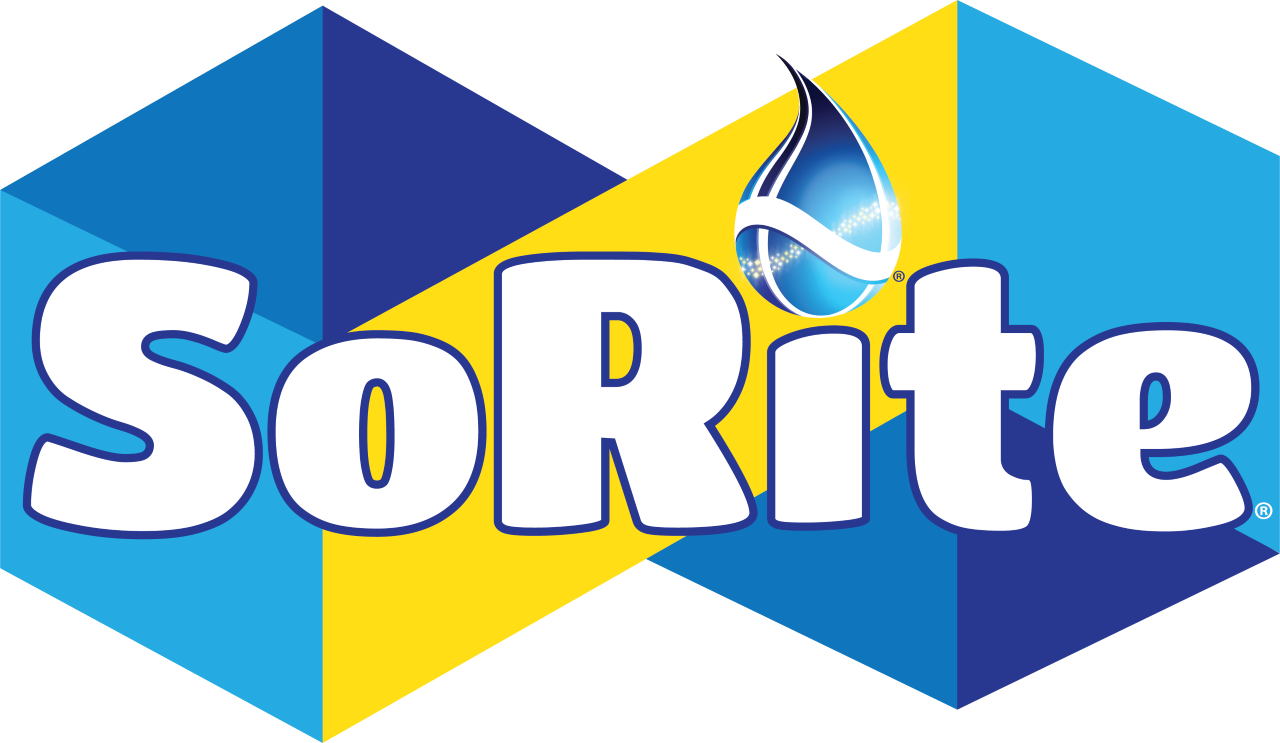
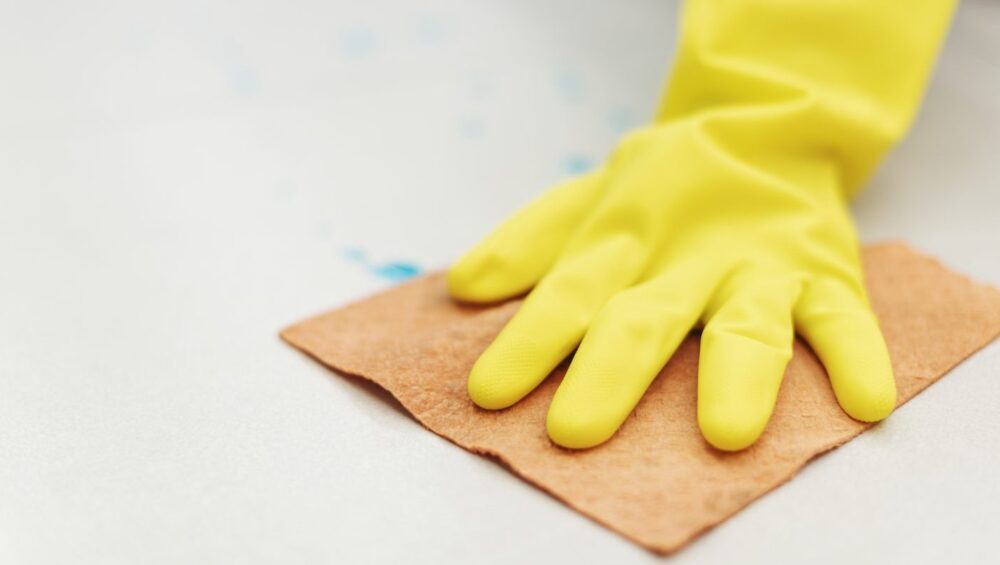
 by Dana Ryan, Certified Clinically Clean® Specialist
by Dana Ryan, Certified Clinically Clean® Specialist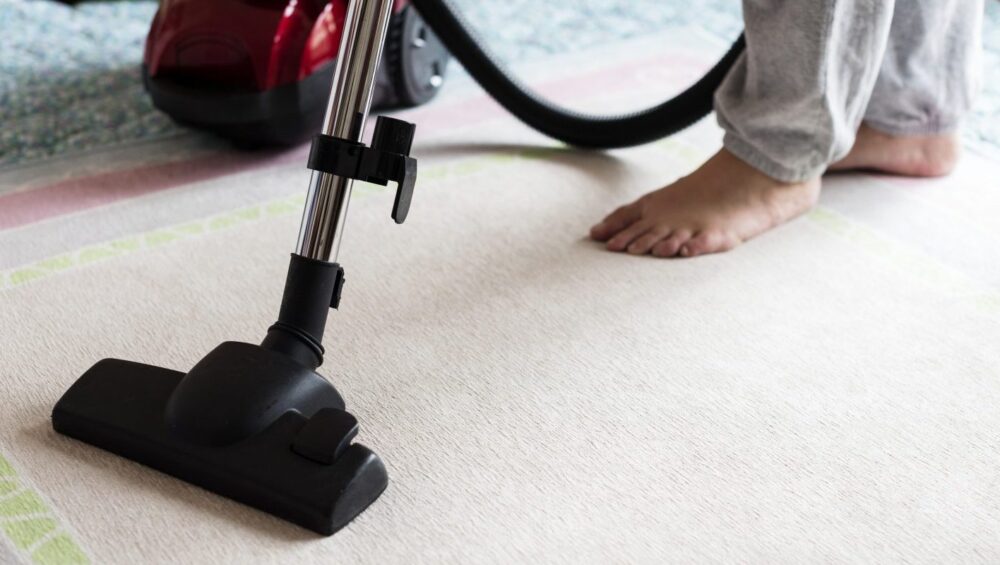
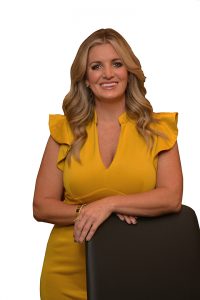 by Autumn Ryan, Founder and CEO of Aseptic Health
by Autumn Ryan, Founder and CEO of Aseptic Health
 by Stephen Lawson, COO and Certified Clinically Clean® Specialist
by Stephen Lawson, COO and Certified Clinically Clean® Specialist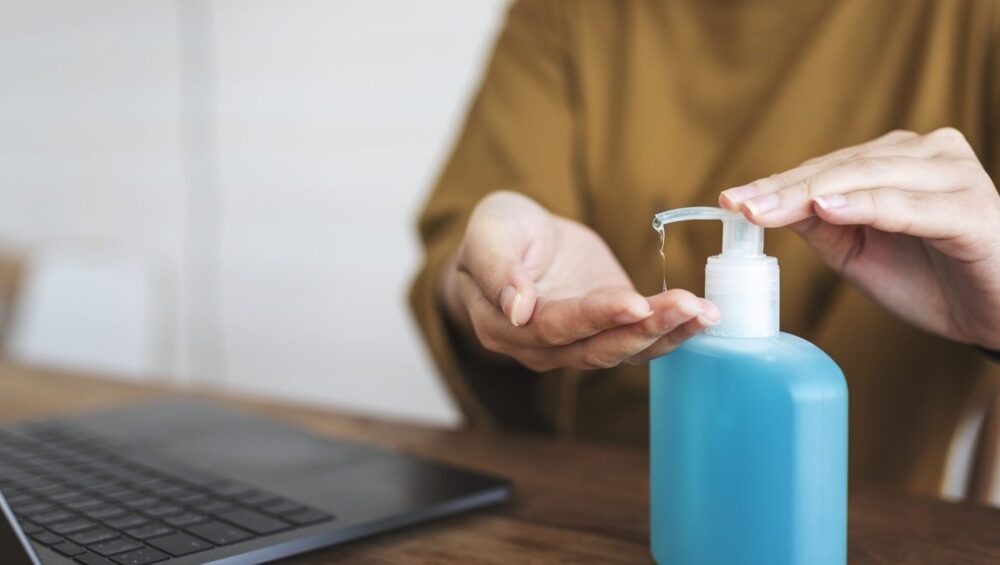
 by Gus Scannapieco, Certified Clinically Clean® Specialist
by Gus Scannapieco, Certified Clinically Clean® Specialist
 by Stephen Lawson, COO of Aseptic Health and a Certified Clinically Clean® Specialist
by Stephen Lawson, COO of Aseptic Health and a Certified Clinically Clean® Specialist
